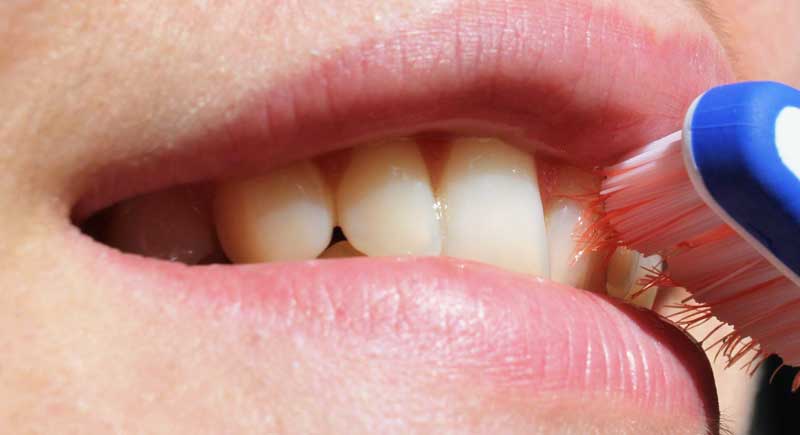Not Needing the Dentist is the Best Strategy
This series is how to brush teeth, keep gums healthy, and avoid cavities. A good idea in any era, but more necessary now when dental care is less available due to COVID. Better oral health decreases heart disease, stroke, diabetes, and rheumatoid arthritis.t Oral inflammation damages blood vessels much like elevated cholesterol, blood sugar, or blood pressure. Preventive cleaning and checkups are indicated when available again. My recommendations take about seven minutes at bedtime, less in AM.
Toothbrushes
My strong recommendation is you get an electric toothbrush. The American Dental Association states that 90% of people fail to take care of their teeth properly with a manual toothbrush. Most people using a manual toothbrush use too much pressure, use back and forth motions, and do not change brushes frequently enough. Your mindset should be that you are “polishing” your teeth rather than scrubbing them.
Oral-B and Phillips Sonicare are the best-known electric brands. Oral-B uses an oscillating rotating motion and Phillips uses vibration. Run the brush under hot water prior to use to soften the bristles. Toothbrush bristles stiffen with use and should be replaced every 2 to 3 months. Both brands of toothbrush come with pressure alerts and two-minute timers. This allows you to concentrate on toothbrush position while the brush head does the work of polishing your enamel. These toothbrushes are far less likely to damage the gums as well.
Clean Your Teeth Before You Brush Them
During the day, your normal oral bacteria generate a biofilm on the surfaces of your teeth. In addition, small bits of the foods you eat during the day, many particles are too tiny to see, collect at the junction where your teeth meet your gums. Unless this debris is removed, the beneficial chemicals in your toothpaste will not penetrate the areas where they are needed.
The most popular dental irrigator is a Water Pik Flosser. This is a great tool for cleaning debris out the junction where your teeth and gums meet. You should use the small rubber tip at a low pressure for this task. Your gums are very delicate and blasting them with water is counterproductive. Warm water with a pinch of sodium bicarbonate – less than half a teaspoon – is the best irrigating solution. Most mouthwashes, especially those containing alcohol, can be damaging. If you are prone to gingivitis, the irrigator can wash out pockets with salt or peroxide, but the specifics for doing this go beyond the scope of this essay.
Flossing
A full set of teeth contain over 160 surfaces that need cleaning. Flossing cleans daily biofilm and debris from between teeth. What kind of floss is the best – the one that you find most comfortable. Floss comes in flat ribbons that can get between very tight junctions as well as round rough nylon string. Interdental flossers have a single pieces of ribbon floss and can get to the rear of the mouth easier than the string type. Regardless of the type you prefer, daily flossing is necessary clean between your teeth and prevent cavities.
Toothpaste
If you read the labels of the over-the-counter toothpaste, you will see they are limited to 0.4% to 0.8% fluoride. Your dentist, or physician, can prescribe a high fluoride toothpaste – 1.1%. Side effects are extremely rare. Read the package insert. Understand that fluoride was a political football for decades when it was added to drinking water.
Application of the high fluoride toothpaste will be the last thing you do before sleeping. It is important that you do not swallow it but just spit it into the sink. Do not wash your mouth out after using it; it takes 30 minutes for fluoride to penetrate your enamel.
| Evening Toothbrushing Routine | 7 Minutes |
| Floss your teeth | 1 minute |
| Add bicarbonate to the water flosser | 10 seconds |
| Irrigate your teeth at the gum line both inside margins and outside | 1 minute |
| Wash your toothbrush under warm water; softens bristles and removes debris | 15 seconds |
| Brush your teeth; removes biofilm so fluoride penetrates enamel. | 2 minutes |
| Brush your tongue as well. No need to brush posterior and gag | 15 seconds |
| Wash your toothbrush again | 15 seconds |
| Brush your teeth again | 2 minutes |
| Spit the remaining toothpaste into the sink. Do not wash your mouth out. | 5 seconds |
The next essay will be how your diet affects your teeth, gums, and health; plus a new way to heal small cavities at home.

